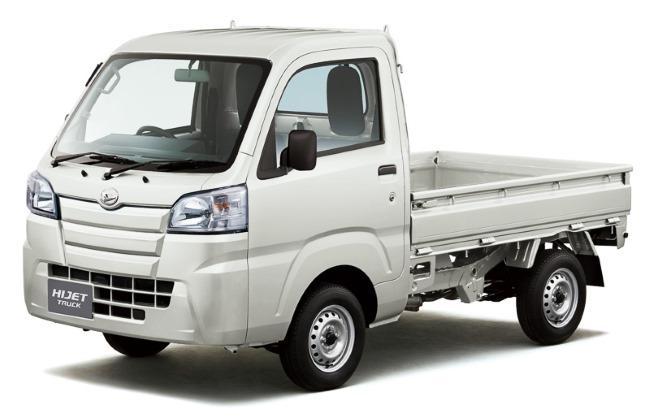
Japanese Mini Daihatsu
In this land of cheap gas, spacious streets, and spacious parking lots, we generally considered cars in this class to be simply too small for our needs.
However, some downtown residents have seen the benefits of owning cars that can be squeezed into tiny parking spaces and are economical to run.
The company withdrew from the Australian market in March 2006 and Daihatsu models are now serviced by its parent company, Toyota.
The Mira, Centro and Cuore are some of Daihatsu's finest mini cars and have enjoyed some success in Australia, largely due to the company's excellent reputation for building reliable cars, while the larger Charade and Applause models have gained many fans over the years. .
The Mira was released in Australia as a car in December 1992, although it had been here in van form a couple of years before. Mira vans were sold throughout the vehicle's lifespan. The Mira van came with an 850cc carbureted engine and a four-speed manual transmission.
The Daihatsu Centro, introduced in Australia in March 1995, is properly called the Charade Centro, although it bears no resemblance to its older brother, the "real" Daihatsu Charade.
The title duplication was done as a marketing ploy to try and cash in on Charade's reputation. Australian buyers, being a well educated group, did not fall for this trick, and the Centro sold poorly, quietly disappearing from our market at the end of 1997.
These latest cars will have a 1997 nameplate, so beware of a seller who insists it's 1998 if it was first registered that year.
As with the Mira, several Centros also arrived in van form. Beware of vans that have had windows and a back seat added to try and pretend they are cars; they might have a very hard life as useless delivery vehicles. Real Mira and Centro cars are either three- or five-door hatchbacks.
The latest version of Daihatsu's mini car was the Cuore. It went on sale in July 2000 and, after three years of struggle, imports ended in September 2003.
Interior space in all three models is surprisingly good in the front, but the rear is pretty cramped for adults. The luggage compartment is quite small, but it can be significantly increased by folding the seatback.
Ride comfort and overall noise levels aren't great, though the Centro is noticeably better than the older Mira. They are not too tiring in the city when you spend a moderate amount of time behind the wheel.
These little Daihatsu aren't exactly suitable for long distance travel in Australia; as you have to work hard on their little engines to keep them moving up the hills and down the valleys. In a pinch, they can run at 100 to 110 km/h on level ground, but the hills really knock them off their feet. Keep in mind that the car may have been used too intensively and worn out prematurely.
Under the hood
Power for the Mira and Centro comes from a fuel-injected three-cylinder engine of just 660cc. The low gearing and light weight mean it delivers more performance than you might expect, but you need to work on the gearbox to get decent acceleration in hilly terrain. The Cuore, introduced here in July 2000, has a more powerful three-cylinder 1.0-litre engine. It's more suited to country driving than its predecessors, but still struggles at times.
The manual transmission is a decent five-speed unit, but the automatic comes in only three ratios and can be quite noisy if the going is fast.
